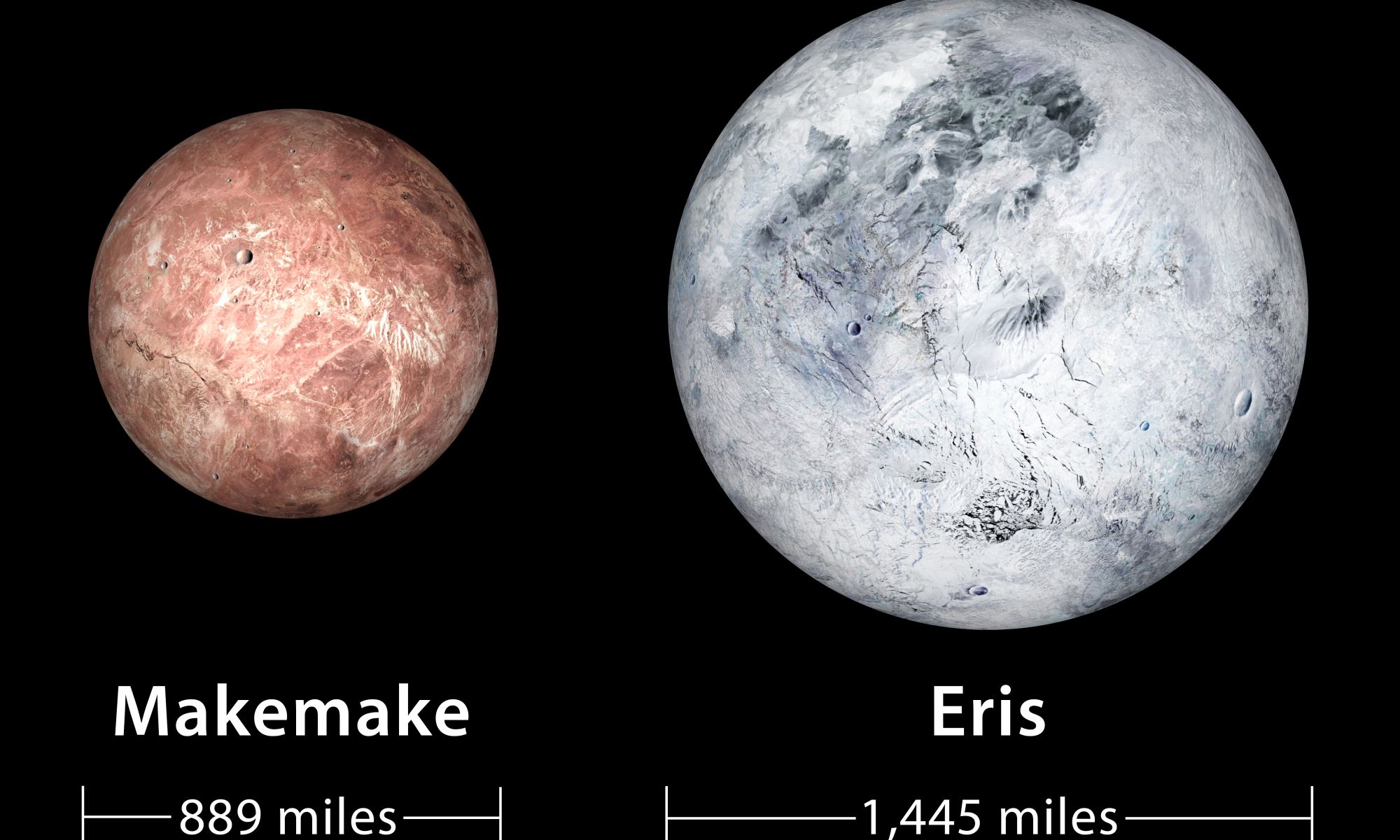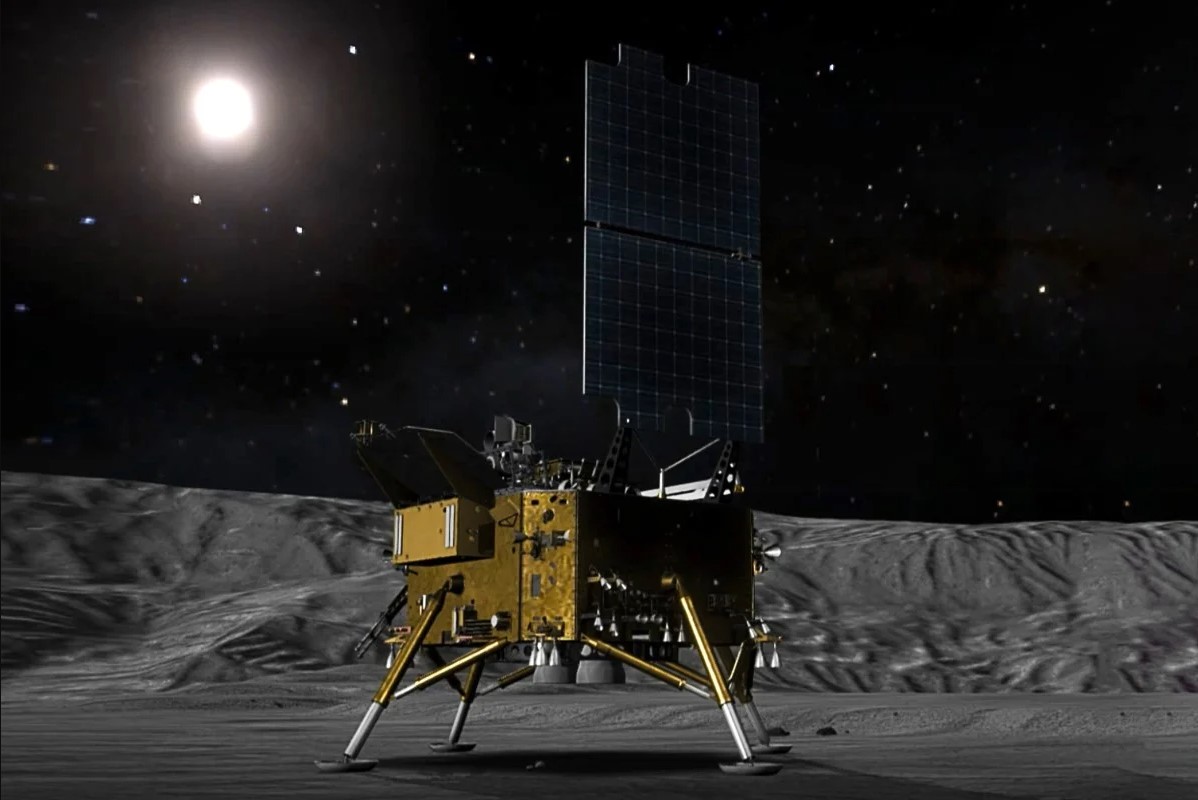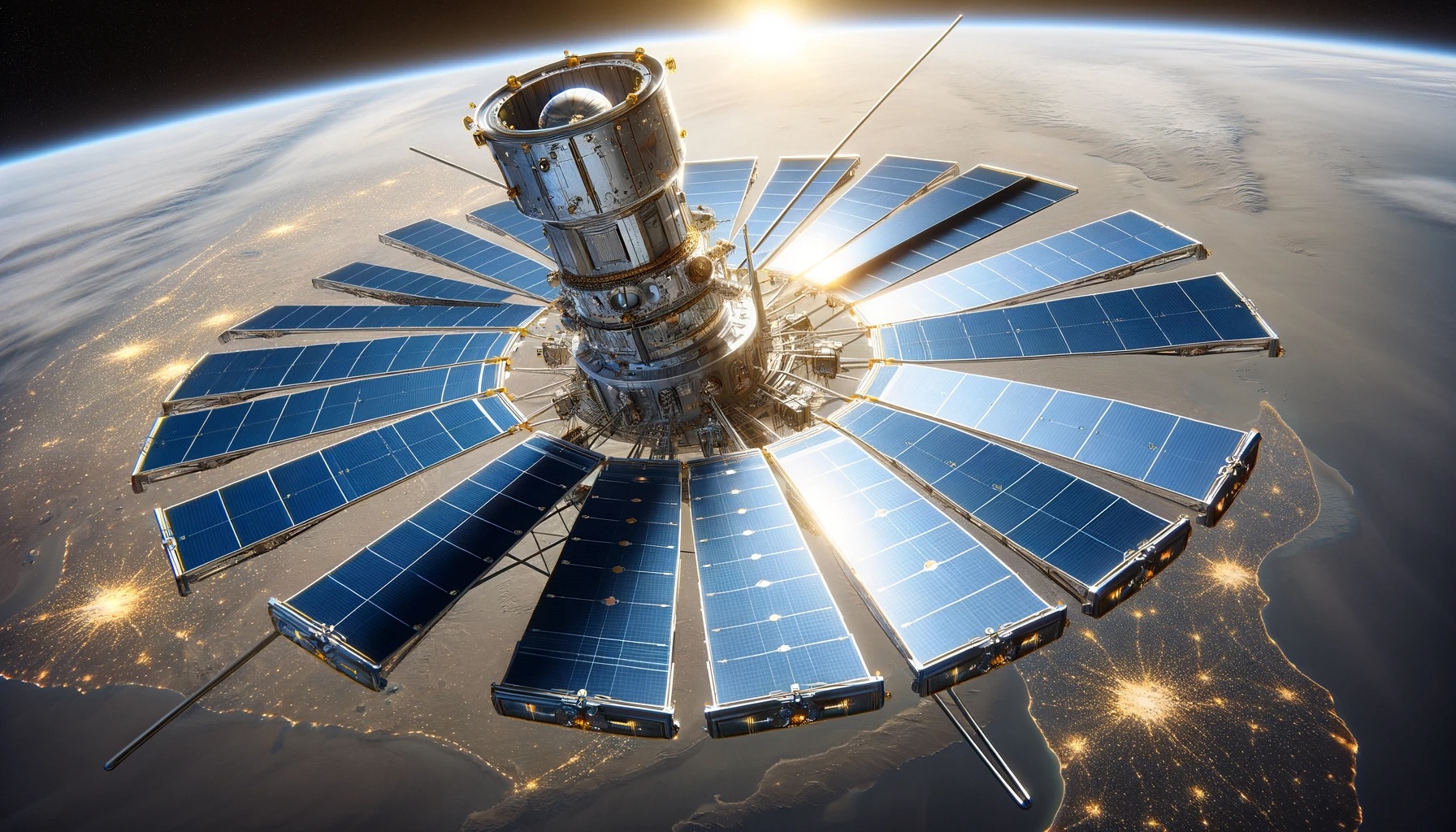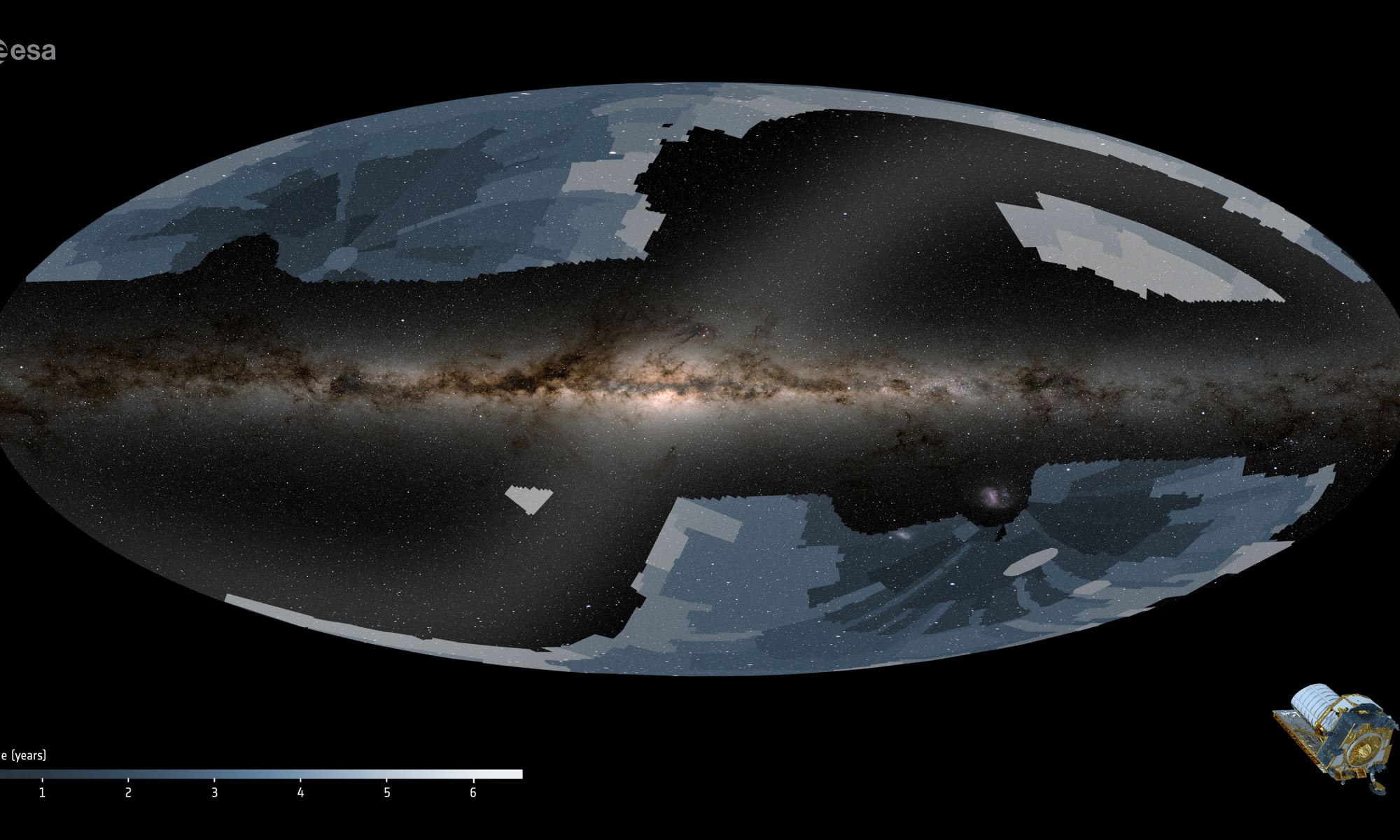Whether or not you agree that Pluto isn’t a planet, in many ways, Pluto is quite different from the classical planets. It’s smaller than the Moon, has an elliptical orbit that brings it closer to the Sun than Neptune at times, and is part of a collection of icy bodies on the edge of our solar system. It was also thought to be a cold dead world until the flyby of New Horizons proved otherwise. The plucky little spacecraft showed us that Pluto was geologically active, with a thin atmosphere and mountains that rise above icy plains. Geologically, Pluto is more similar to Earth than the Moon, a fact that has led some to reconsider Pluto’s designation as a dwarf planet.
Continue reading “Even Eris and Makemake Could Have Geothermal Activity”There’s One Last Place Planet 9 Could Be Hiding

A recently submitted study to The Astronomical Journal continues to search for the elusive Planet Nine (also called Planet X), which is a hypothetical planet that potentially orbits in the outer reaches of the solar system and well beyond the orbit of the dwarf planet, Pluto. The goal of this study was to narrow down the possible locations of Planet Nine and holds the potential to help researchers better understand the makeup of our solar system, along with its formation and evolutionary processes. So, what was the motivation behind this study regarding narrowing down the location of a potential Planet Nine?
Continue reading “There’s One Last Place Planet 9 Could Be Hiding”China's Chang'e-8 Mission Will Try to Make Bricks on the Moon
The China National Space Administration (CNSA) has put out a call for international and industry partners to contribute science payloads to its Chang’e-8 lunar lander, set for launch to the Moon in 2028. The mission, which will involve a lander, a rover, and a utility robot, will be China’s first attempt at in-situ resource utilization on the Moon, using lunar regolith to produce brick-like building materials.
Continue reading “China's Chang'e-8 Mission Will Try to Make Bricks on the Moon”Can the Gaia Hypothesis Be Tested in the Lab?

During the 1970s, inventor/environmentalist James Lovelock and evolutionary biologist Lynn Margulis proposed the Gaia Hypothesis. This theory posits that Earth is a single, self-regulating system where the atmosphere, hydrosphere, all life, and their inorganic surroundings work together to maintain the conditions for life on the planet. This theory was largely inspired by Lovelock’s work with NASA during the 1960s, where the skilled inventor designed instruments for modeling the climate of Mars and other planets in the Solar System.
According to this theory, planets like Earth would slowly grow warmer and their oceans more acidic without a biosphere that regulates temperature and ensures climate stability. While the theory was readily accepted among environmentalists and climatologists, many in the scientific community have remained skeptical since it was proposed. Until now, it has been impossible to test this theory because it involves forces that work on a planetary scale. But in a recent paper, a team of Spanish scientists proposed an experimental system incorporating synthetic biology that could test the theory on a small scale.
Continue reading “Can the Gaia Hypothesis Be Tested in the Lab?”New NASA Report Suggests We Could See Space-Based Power After 2050
Space-based solar power (SBSP) has been in the news recently, with the successful test of a solar power demonstrator in space taking place last summer. While the concept is fundamentally sound, there are plenty of hurdles to overcome if the technology is to be widely adopted – not the least of which is cost. NASA is no stranger to costly projects, though, and they recently commissioned a study from their internal Office of Technology, Policy, and Strategy that suggests how NASA could continue to support this budding idea. Most interestingly, if the technological cards are played right, SBSP could be the most carbon-efficient, lowest-cost power source for humanity by 2050.
Continue reading “New NASA Report Suggests We Could See Space-Based Power After 2050”NASA is Done Setting Fires Inside its Doomed Cargo Spacecraft
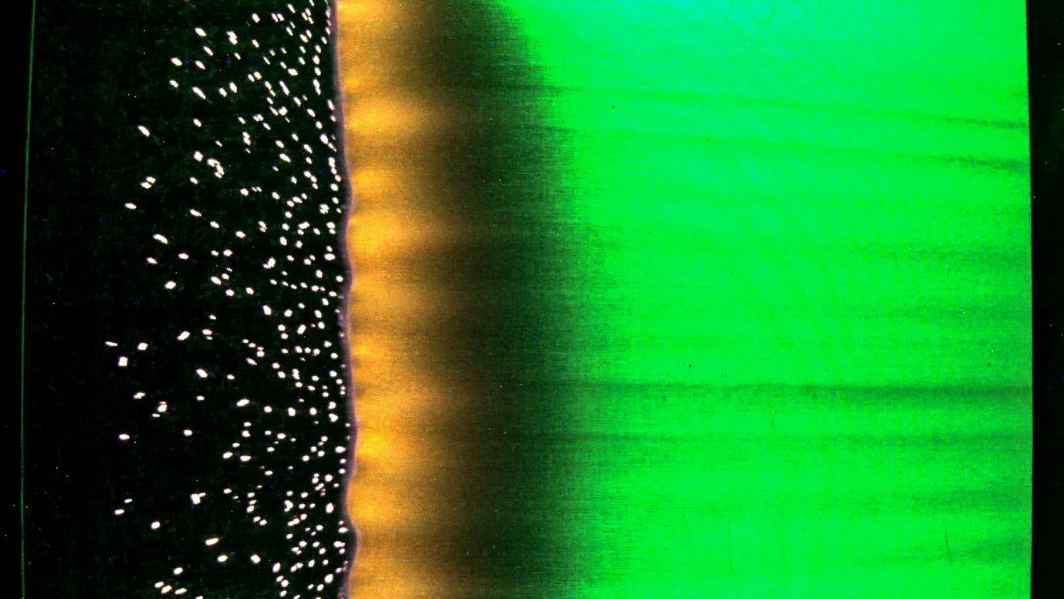
Fire on a spacecraft can be catastrophic. It can spread quickly in a confined space, and for trapped astronauts, there may be no escape. It’s fading in time now, but Apollo 1, which was to be the first crewed Apollo mission, never got off the ground because of a fire that killed the crew. There’ve been other dangerous spacecraft fires too, like the one onboard the Russian Mir space station in 1997.
In an effort to understand how fire behaves in spacecraft, NASA began its Saffire (Spacecraft Fire Safety Experiment) in 2016. Saffire was an eight-year, six-mission effort to study how fire behaves in space. The final Saffire test was completed on January 9th.
Continue reading “NASA is Done Setting Fires Inside its Doomed Cargo Spacecraft”Euclid Begins its 6-Year Survey of the Dark Universe
On July 1, 2023, the Euclid Spacecraft launched with a clear mission: to map the dark and distant Universe. To achieve that goal, over the next 6 years, Euclid will make 40,000 observations of the sky beyond the Milky Way. From this data astronomers will be able to map the positions of billions of galaxies, allowing astronomers to observe the effects of dark matter.
Continue reading “Euclid Begins its 6-Year Survey of the Dark Universe”OSIRIS-REx’s Final Haul: 121.6 Grams from Asteroid Bennu
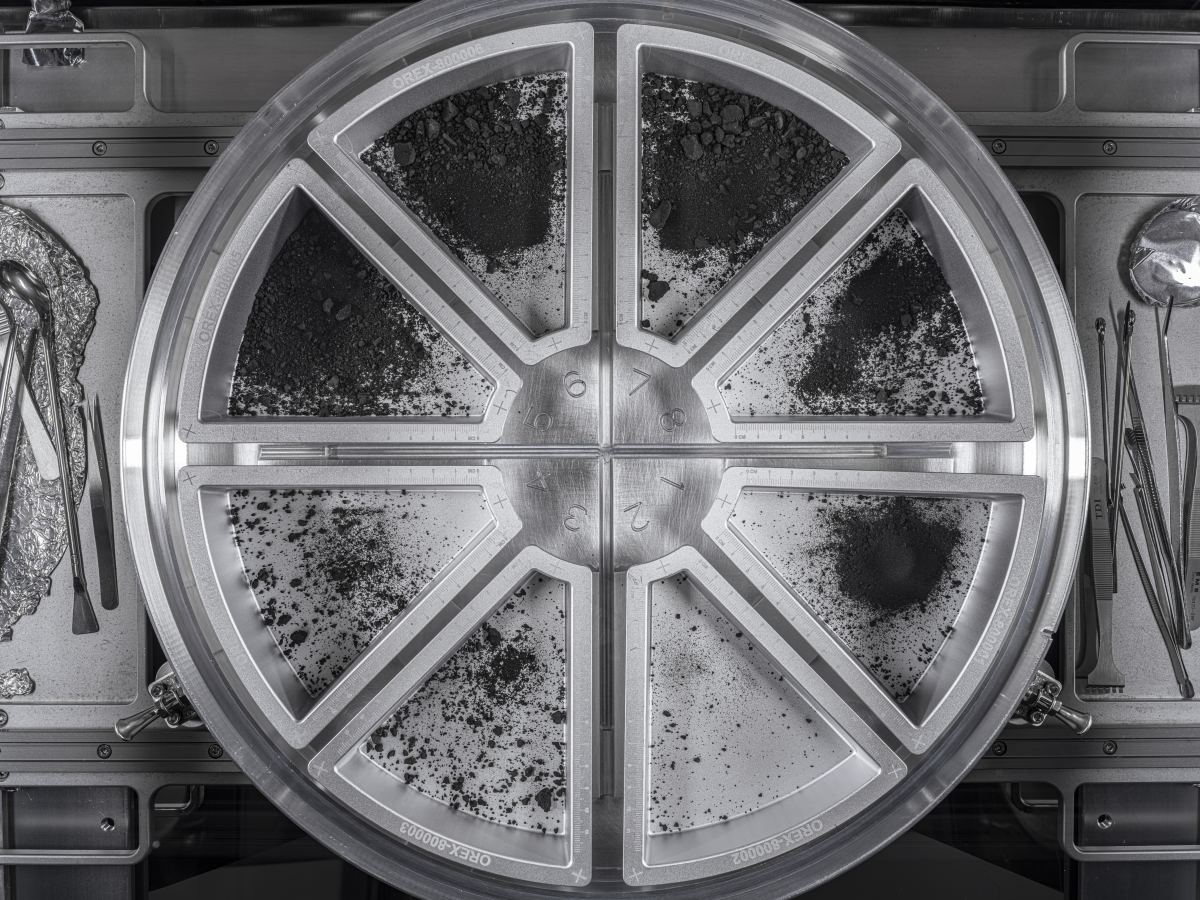
After several months of meticulous, careful work, NASA has the final total for their haul of asteroidal material from the OSIRIS-REx mission to Bennu. The highly successful mission successfully collected 121.6 grams, or almost 4.3 ounces, of rock and dust. It won’t be long before scientists get their hands on these samples and start analyzing them.
Continue reading “OSIRIS-REx’s Final Haul: 121.6 Grams from Asteroid Bennu”Even Stars Like the Sun Can Unleash Savage Flares in Their Youth
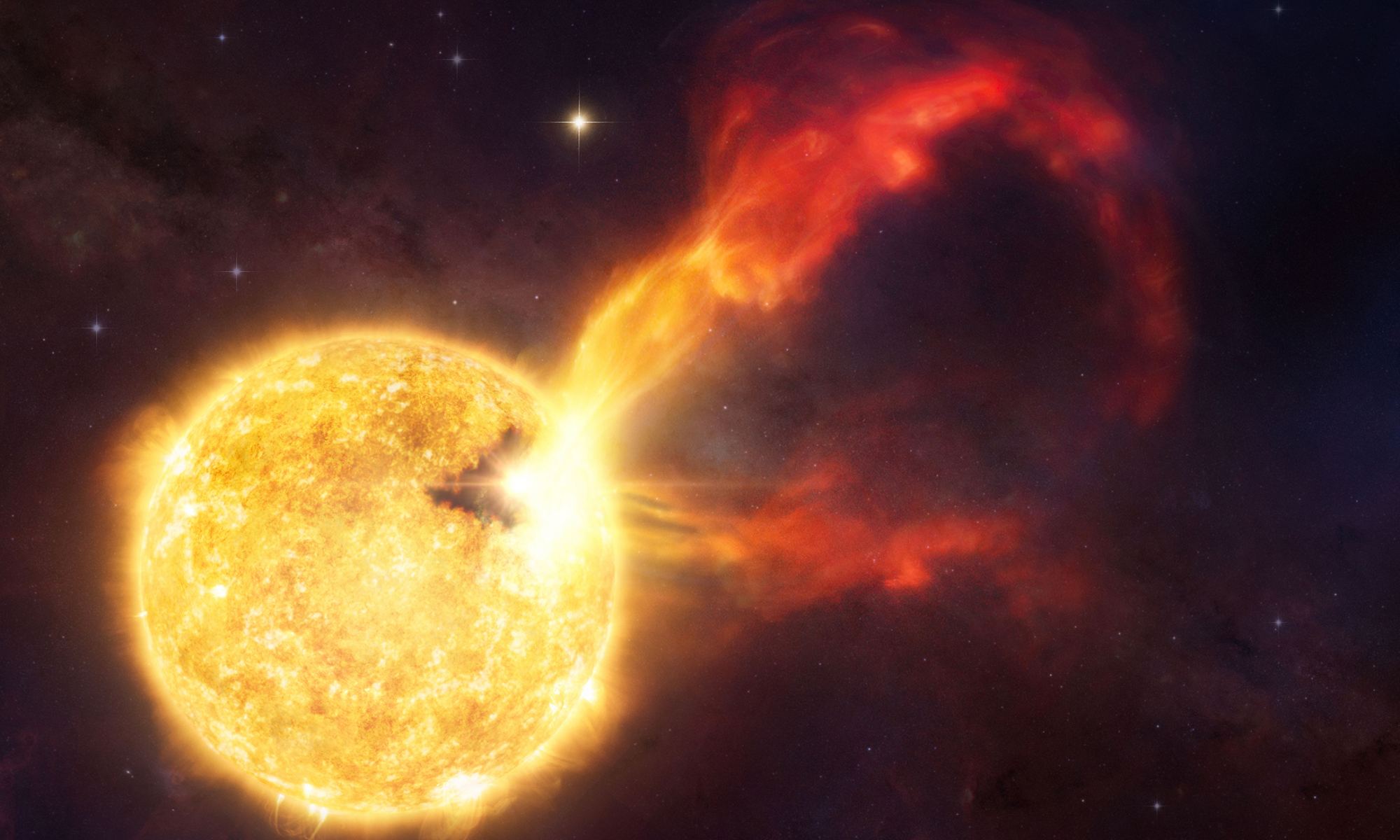
Why would a young Sun-like star suddenly belch out a hugely bright flare? That’s what astronomers at Harvard Smithsonian Astrophysical Observatory want to know after they spotted such an outburst using a sensitive submillimeter-wave telescope. According to Joshua Bennett Lovell, leader of a team that observed the star’s activity, these kinds of flare events are rare in such young stars, particularly at millimeter wavelengths. So, what’s happening there?
Continue reading “Even Stars Like the Sun Can Unleash Savage Flares in Their Youth”Ground-Based Lasers Could Accelerate Spacecraft to Other Stars

The future of space exploration includes some rather ambitious plans to send missions farther from Earth than ever before. Beyond the current proposals for building infrastructure in cis-lunar space and sending regular crewed missions to the Moon and Mars, there are also plans to send robotic missions to the outer Solar System, to the focal length of our Sun’s gravitational lens, and even to the nearest stars to explore exoplanets. Accomplishing these goals requires next-generation propulsion that can enable high thrust and consistent acceleration.
Focused arrays of lasers – or directed energy (DE) – and lightsails are a means that is being investigated extensively – such as Breakthrough Starshot and Swarming Proxima Centauri. Beyond these proposals, a team from McGill University in Montreal has proposed a new type of directed energy propulsion system for exploring the Solar System. In a recent paper, the team shared the early results of their Laser-Thermal Propulsion (LTP) thruster facility, which suggests that the technology has the potential to provide both high thrust and specific impulse for interstellar missions.
Continue reading “Ground-Based Lasers Could Accelerate Spacecraft to Other Stars”
